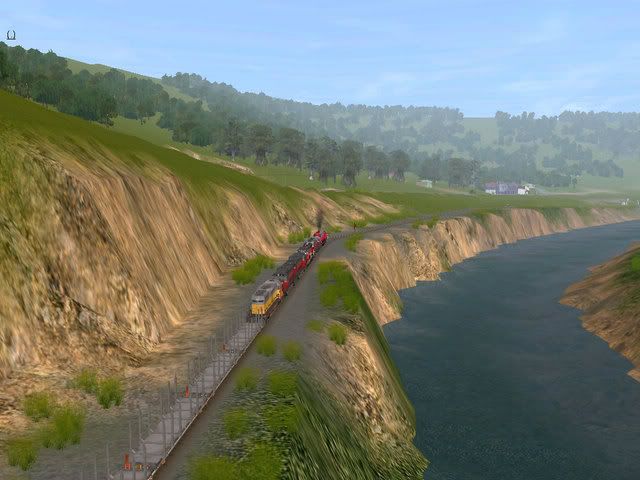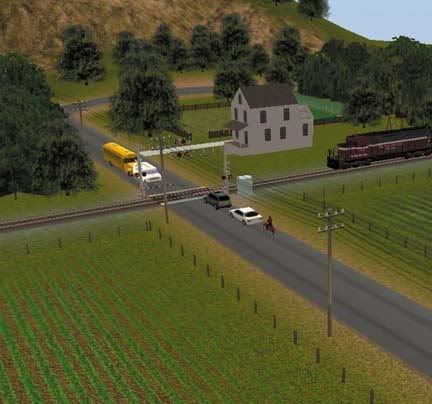Ian_Coleman
New member
I would be very interested to know what an experienced layout-builder does when starting a project.
Does he (or she) lay the tracks and then contour the land, or contour the land first, and then lay the tracks.
I have tried both methods, and I still cannot decide which is best, although I think I prefer to contour the land and then lay the track.
This means that, during the track-laying phase, I have to make continual use of the 'Smooth Spline Height' tool, and also some use of the 'Plateau' button and the Adjust Spline Height tool.
I am not particularly pleased with the result obtained in this way, as I find it very difficult to achieve a pefectly flat track!
I can see that laying track on a perfectly flat baseboard is easier, but there are still gradients to consider.
I would be glad if one or two experienced layout creators could say which method they find best.
Also, can someone please tell me what the 'Split Spline' button does?
Ian
Does he (or she) lay the tracks and then contour the land, or contour the land first, and then lay the tracks.
I have tried both methods, and I still cannot decide which is best, although I think I prefer to contour the land and then lay the track.
This means that, during the track-laying phase, I have to make continual use of the 'Smooth Spline Height' tool, and also some use of the 'Plateau' button and the Adjust Spline Height tool.
I am not particularly pleased with the result obtained in this way, as I find it very difficult to achieve a pefectly flat track!
I can see that laying track on a perfectly flat baseboard is easier, but there are still gradients to consider.
I would be glad if one or two experienced layout creators could say which method they find best.
Also, can someone please tell me what the 'Split Spline' button does?
Ian



